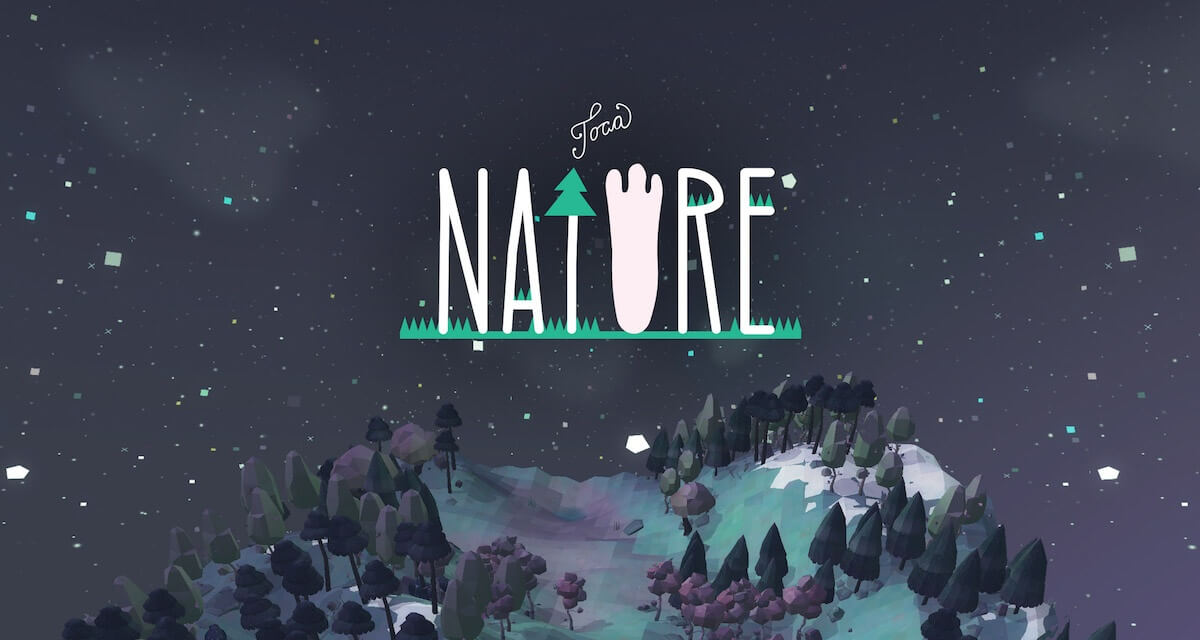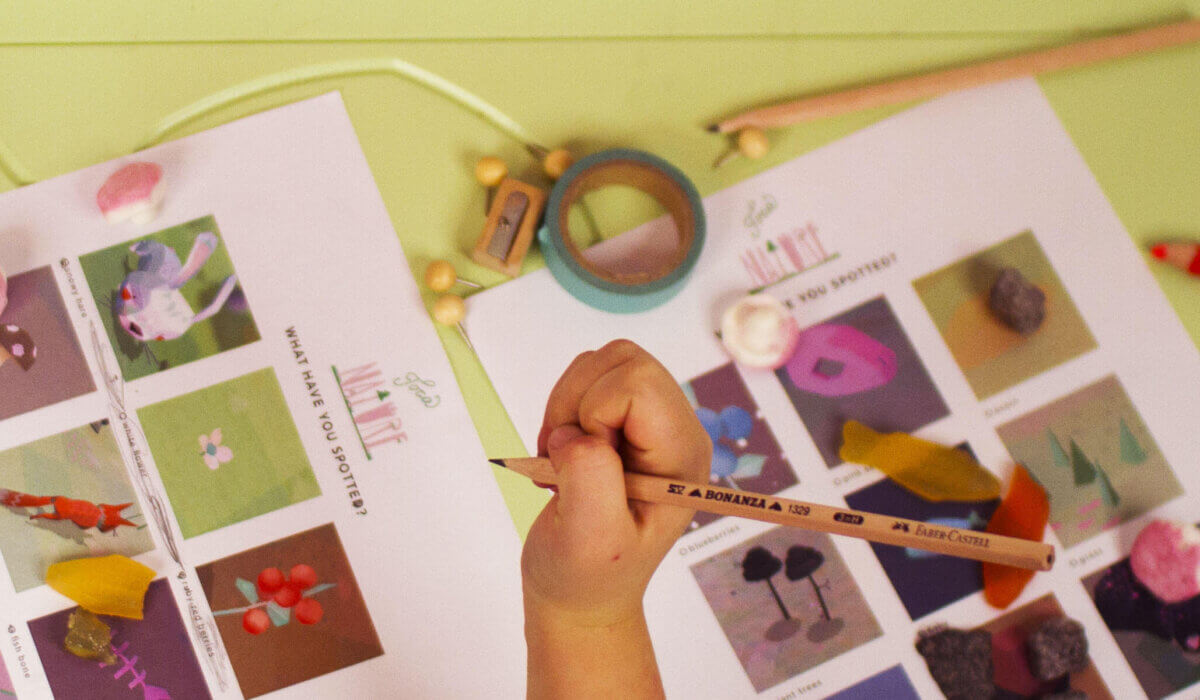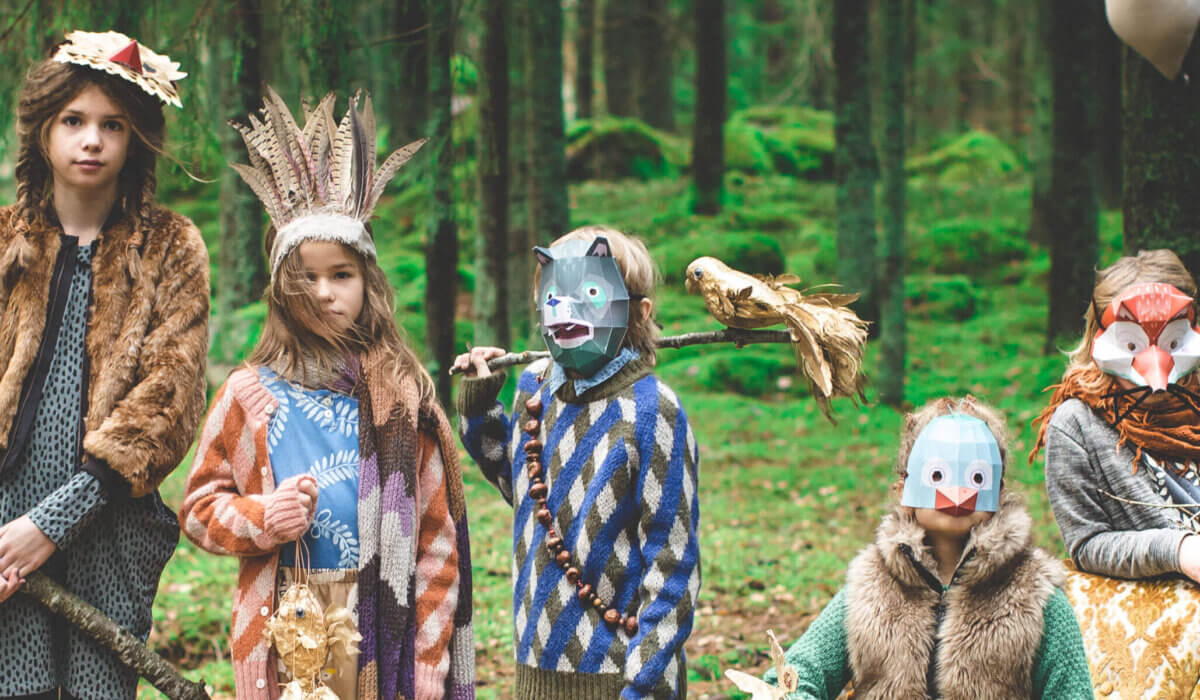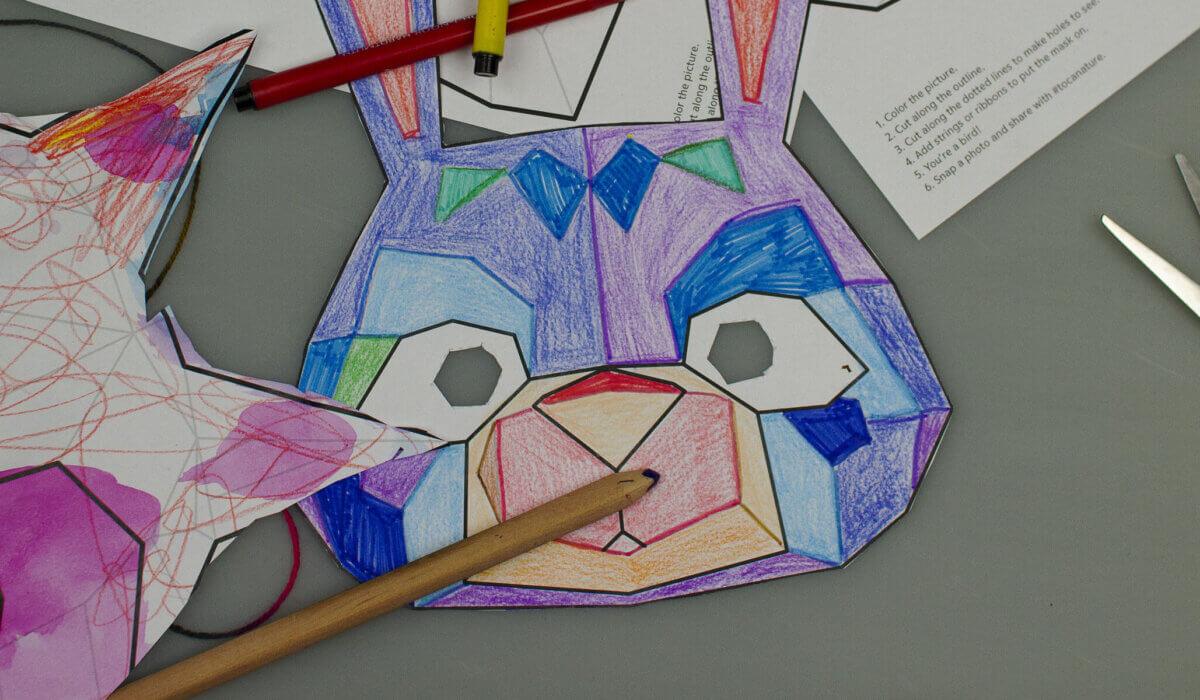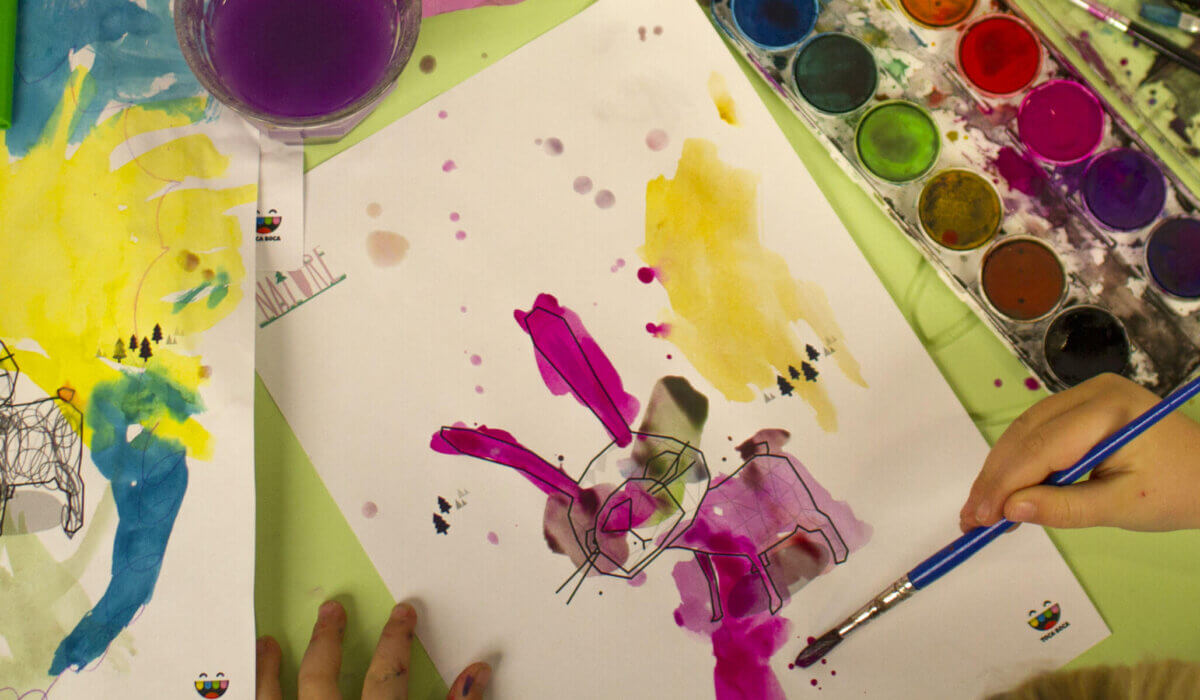- By
- Parker Barry
Before hunkering down for the night, kids chop down trees and build a log shelter — in Minecraft. They swim with beavers, dig deep holes and feed bears — in Toca Nature. Zoos broadcast video of adorable baby animals being born.
Technology certainly lets kids experience parts of nature and adventure in ways they probably can’t in real life. But, says Richard Louv, author of “The Nature Principle” and “The Last Child in the Woods,” that’s no replacement for actual time spent in nature. Louv coined the term “nature-deficit disorder” to describe how a generation of kids has been deprived of time outside to explore and interact with nature.
In “The Nature Principle,” he asserts that the more high-tech our lives become, the more we need to be in nature in order to achieve balance. The term nature-deficit disorder, Louv writes, “is by no means a medical diagnosis” but instead is a way to draw attention to and understand the problem.
Society is disconnected from nature
The problem Louv sees is that our society — as a whole, not just kids — is disconnected from nature. Concerns for kids’ safety, lack of free time and urban sprawl all contribute to the problem, and even though parents may tout the benefits of nature or reminisce about their childhood memories of exploring the world outdoors, some adults inadvertently discourage kids from interacting with nature. Suburban neighborhoods go to great lengths to create green spaces and natural areas but sometimes get upset when children enter the picture, worried they’ll damage the area or get hurt (and then possibly sue the owner’s association).
While those are legitimate grown-up concerns, they do discourage natural play — which contributes to the childhood obesity epidemic. A British study showed that kids know more about Pokémon characters than the names of trees growing in their area. “Nature-deficit disorder describes the human costs of alienation from nature,” Louv writes, “among them: diminished use of the senses, attention difficulties, and higher rates of physical and emotional illnesses.” Without that connection to nature, people lose interest in protecting it and fail to see how connected it is to our lives — our food sources, our climate, our quality of life.
Without that connection to nature, people lose interest in protecting it.
Parents and preschools take action
Some parents and educators have heeded Louv’s warnings, which inspired the formation of the Children & Nature Network. Progressive schools and teachers are incorporating nature into the school day, or for some, like The Butterfly Garden in Cedar Park, Texas, making nature the school itself.
Janine Goodwin couldn’t find a preschool program for her daughter that included as much outdoor time as she wanted — so she started her own school, a forest kindergarten where the classroom is nature itself. “The fact is,” Goodwin said, “almost everything that is done indoors can be done outdoors just as well.”
The kids dress for the weather, donning layers in cold weather; rain pants, boots and jackets in wet weather; and sun hats on sunny days. Only dangerous weather — lightning, hail or high winds — brings them inside. When temperatures are extreme, below 40 or above 100, the kids alternate inside for an hour and outside for an hour.
Almost everything that is done indoors can be done outdoors just as well.
Primary schools get into nature, too
Primary schools are getting into nature, too, adding gardens and outdoor learning spaces, especially in schools that use project-based learning. Laurel Mountain Elementary in Round Rock, Texas, backs up to a nature preserve and incorporates that into the curriculum as much as possible. Trevor Hance, an outdoor learning specialist, explained that they use that space, a dedicated reading garden and an edible garden to support ecological and environmental literacy and help students understand nature and their connection to it.
The kids are learning and growing from these outdoor learning experiences. “Kids see the ‘why’ a lot more clearly when the concept is presented in a broad, immersive experience,” Hance said. “While there are several studies showing improved emotional well-being, we’re also seeing studies that demonstrate higher test scores when students learn while outdoors.”
Being outdoors inspires kids
Goodwin agrees that being outdoors inspires kids. “I believe it naturally ignites a sense of curiosity that stimulates an intrinsic motivation to want to learn,” she said. “A thirst for knowledge is one of the greatest resources for learning and the best foundation we can give our children.”
They also learn their place and significance in the world. “Every living thing contributes to the whole of this planet,” Goodwin said. “When we understand our role and how it all fits together, we have a sense of belonging.”
Hance stresses that topophilia, or connection to “place,” becomes even more important as kids approach adolescence. “If a child or person feels connected to the world beneath their feet,” he said, “they have a greater sense of confidence in their identity — which is particularly important I think for the students I teach who are stepping into the start of those uncertain teenage years where our bodies, friends and what seem like major life decisions can change wildly over short periods of time.”
What Can Parents Do?
Part of the beauty of kids in nature is that’s really all they need to have fun — whatever they find. That makes the parent’s role pretty simple: Get them outside. That may take a bit of coaxing, especially with the easy entertainment available indoors, but once kids get outside, they’ll have so much fun they may not want to go back inside.
Watching her twin 6-year-olds climb on a tree at a neighborhood park, Jennifer McDowell commented, “They don’t want to leave now that we’re here. It’s a struggle to get them to leave the house — they want to watch TV or play on the iPad — but once they’re here, they don’t want to leave.”






